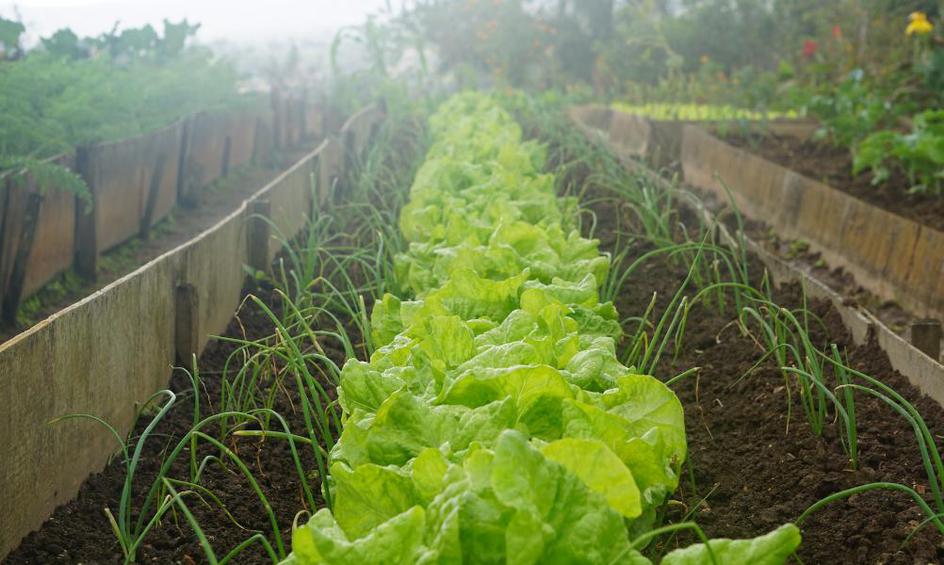If you have got your kitchen garden going already, then congratulations! Hopefully you are seeing some growth and maybe even a few flowers here and there. If you have not yet planted anything out, don’t worry, it is not too late! Here’s what you need to know!
Get planting
It may feel as though summer is in full swing, but that doesn’t mean that you can’t get on with some more planting. Beans (runners, broad beans, French beans etc.), peas, sweetcorn, squash and outdoor cucumbers are all fine to be sown directly outside now; the milder nights and warmer days mean that you can skip trying to harden them off before planting.
Beans like a little bit of space, so aim for rows at least 40 cm apart, with spacing of 15-20 cm between each plant. Don’t forget that beans need good support; the classic wigwam of bamboo poles works well and is a good space saver.
Sweetcorn also does best planted in blocks 40+cm apart, and with two seeds per hole.
If you eat a lot of salad, it is a good idea to sow salad crops on rotation so that you have a continuing supply of your favourites. This works well with leafy crops such as lettuce, spinach and pak choi as well as radishes and spring onions.
Marrows, pumpkins and courgettes can still be planted out in early June, as can seedlings that you planted early in the year in pots.
Potatoes may seem like a more boring vegetable to grow, but there are few things as delicious as a sweet, freshly-dug, home grown potato. They are relatively easy to grow, too, and need depth rather than width in terms of space. If you don’t have a huge garden you can buy potato pots or sacks which allow you to grow your own with a limited amount of space. Norland and Yukon Gold are great, quicker maturing plants, so ideal for home growing.
Weeding and pest control
Your job isn’t done once your plants are in the ground; in fact, it is only just the beginning! Your job now is to ensure that your plants have the water and nutrients that they need to thrive, and to protect them from weeds and pests. Pest control doesn’t have to involve the use of chemicals; there are plenty of ways to keep slugs and snails at bay naturally. Fine nets can also prevent your plants from becoming home to families of caterpillars which, whilst they will one day be beautiful, will also decimate your plants in no time.
Watering
When you water your garden not only impacts their ability to absorb the water, but can attract slugs and snails, too. Evening watering tends to create a moist environment that slugs love, whilst watering first thing in the morning provides plants with the water as they need it – when there is sun - without creating a wet environment that entices slugs and snails as well as causing mildew.
Looking for inspiration? Follow Trust A Trader on Facebook or Twitter, or find a trusted local gardener to get you on the right track with your garden.
